Sichuan traditional musical instruments
every instrument,
There is a long story behind it.
People use them to tell history, convey joys and sorrows...
Culture is born from this.
Today is full of feasting and all kinds of things, I hope their figures will not leave.
Sichuan bamboo piano
Sichuan Zhuqin is an ancient Han Chinese opera. The performers hold fishing drums and simple boards to rap stories. Bamboo qin, formerly known as "Famous Qin", is also called "Yugu Daoqin" and "Daotong" because the musical instrument it accompanies is a bamboo drum. The bamboo qin is 3 feet long and 2 inches in diameter. One end is covered with fish skin or pig intestines. The actors hold the bamboo qin obliquely and tap the lower end of the bamboo tube with their fingertips; The copper bell, when the cylinder and plate collide, the bell and the clapper ring, the rhythm is sonorous, and the singing is divided into neutral and dulcimer tune. On June 7, 2008, Sichuan Zhuqin was approved by the State Council to be included in the second batch of national intangible cultural heritage list.
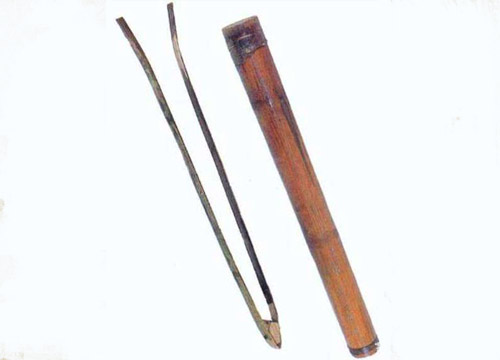
Kitagawa mouth string
The Qiang mouth string is a kind of folk instrumental music produced and circulated in Beichuan Qiang Autonomous County. Whenever festivals, weddings, young men and women fall in love, etc., you can hear the beautiful and beautiful tunes played with the mouth strings. Most of the performances of Qiang oral strings are solo or ensemble, ranging from 1 person to 4-5 people. It is the representative culture of the Qiang people in China and has been included in the first batch of intangible cultural heritage in Sichuan Province.
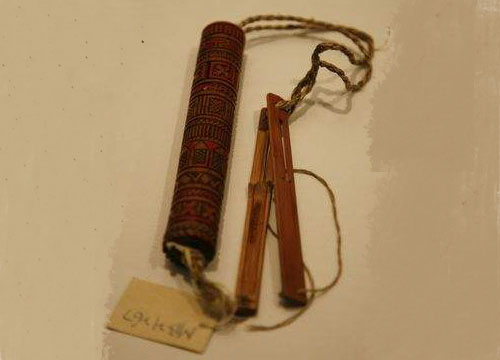
Nanxi Ha
Hahorn is a musical instrument that used to be popular in the rural areas of southern Sichuan, with a history of more than 2,000 years. Legend has it that in the area of Fuxikou, Nanxi District, Yibin City, the Bodao County was once the main residence of the Bo people. Every time they were spared from work, the Bo people would play bamboo for fun and celebrate the harvest. This bamboo-made musical instrument produces a sound as loud as a horn. Later, when the tribes offered sacrifices or launched wars, the Bo people would play this kind of musical instrument, and because of the Bo people's surname "Ha", later generations called this musical instrument "Ha".
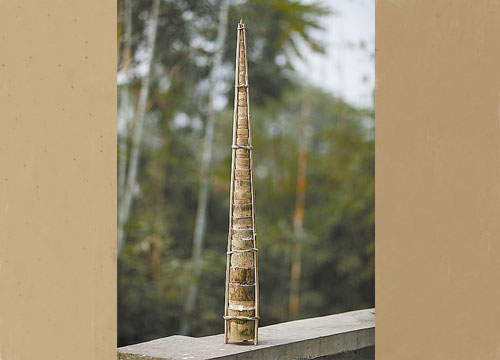
Big Bamboo Suona
Dazhu Bamboo Suona is a folk music of the Han nationality produced and circulated in Dazhu, Dazhou City, Sichuan Province. It includes the production technology of musical instruments and the playing skills of musical instruments. Bamboo is produced in Dazhu County, Dazhou City, Sichuan Province, and is known as "the hometown of green bamboo in eastern Sichuan". As a unique bamboo suona in Dazhu County in eastern Sichuan, it has been included in the list of intangible cultural heritage of Sichuan Province with its fresh and pleasant rhythm. Hundreds of years ago, suona was introduced to Bashu, and the Dazhu people used local bamboo to make suona. After development, the craftsmanship of bamboo suona has become more and more sophisticated.
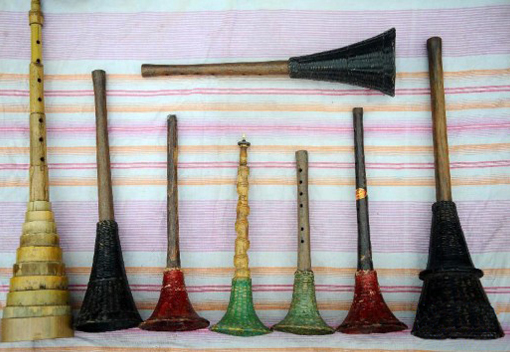
Lijia gongs and drums
Lijia gongs and drums are composed of five pieces: big gongs, foot pot drums, cymbals, horse gongs and winter gongs. Among them, the big gongs and foot pot drums are the most peculiar in shape. The foot basin drum is entirely chiseled out of chun wood, and is covered with skin on one side. There are more than 120 pieces of music for the Lijia Gong and Drum, some of which represent historical anecdotes, such as "The King of the Dynasty sees his car" and "The King of Qin ordered soldiers", etc.; some of them show the production and labor scenes, expressing the love of labor, love of life and other beautiful emotions, such as " There are also some humorous and humorous songs, such as "Light Eggs", "Holding Chickens and Mothers" and so on. These tunes are unique in style and play in different ways, which are pleasing to the eye.
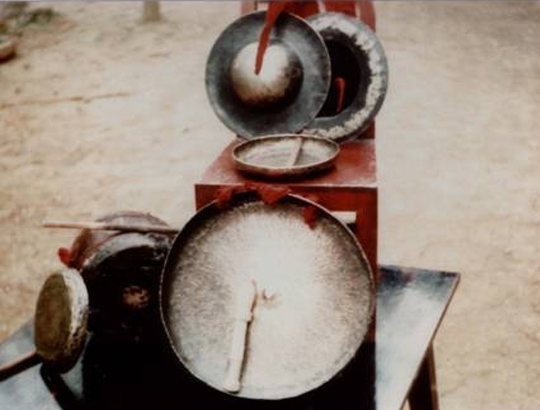
Tibetan Jamun year
The traditional Zhamunian is composed of a resonance box, a headstock, a piano rod, a peg, a horse and a string. , made of a whole piece of wood, the upper part is small, the inner cavity is hollowed out, the surface is prismatic, the lower part is dug out an oval abdominal cavity, the surface is covered with goat skin, deer skin or fish skin, and the surface is 14 cm to 16 cm wide. On the piano surface above the skin, there is a meniscus-shaped sound hole ("Zamunianka" means "Zhamunian's mouth").
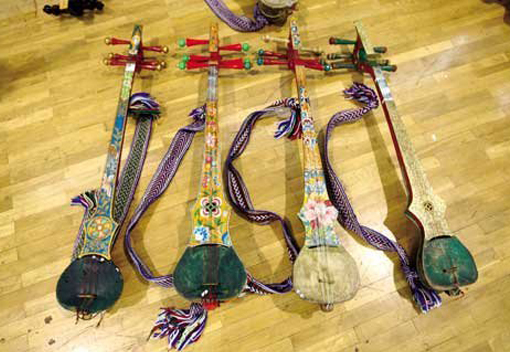
Will the local accent of childhood still exist after decades?
our next generation,
Are there any last memories of traditional culture?
protect traditions, inherit culture,
Work together to keep those old voices behind.
Guess you like
Hot news
- 01 The handsome guy in 1997 is so advanced in pulling erhu! Netizen: Come and "wash your ears"
- 02 How to tune the liuqin
- 03 Dulcimer exam and performance repertoire
- 04 The Simple Difference Between Guqin, Se, and Guzheng
- 05 Xiaoxiang Water and Clouds: A Deep Analysis of Humanistic Connotation and Natural Feelings in Guqin Music
 渝公网安备 50010702504639号
渝公网安备 50010702504639号